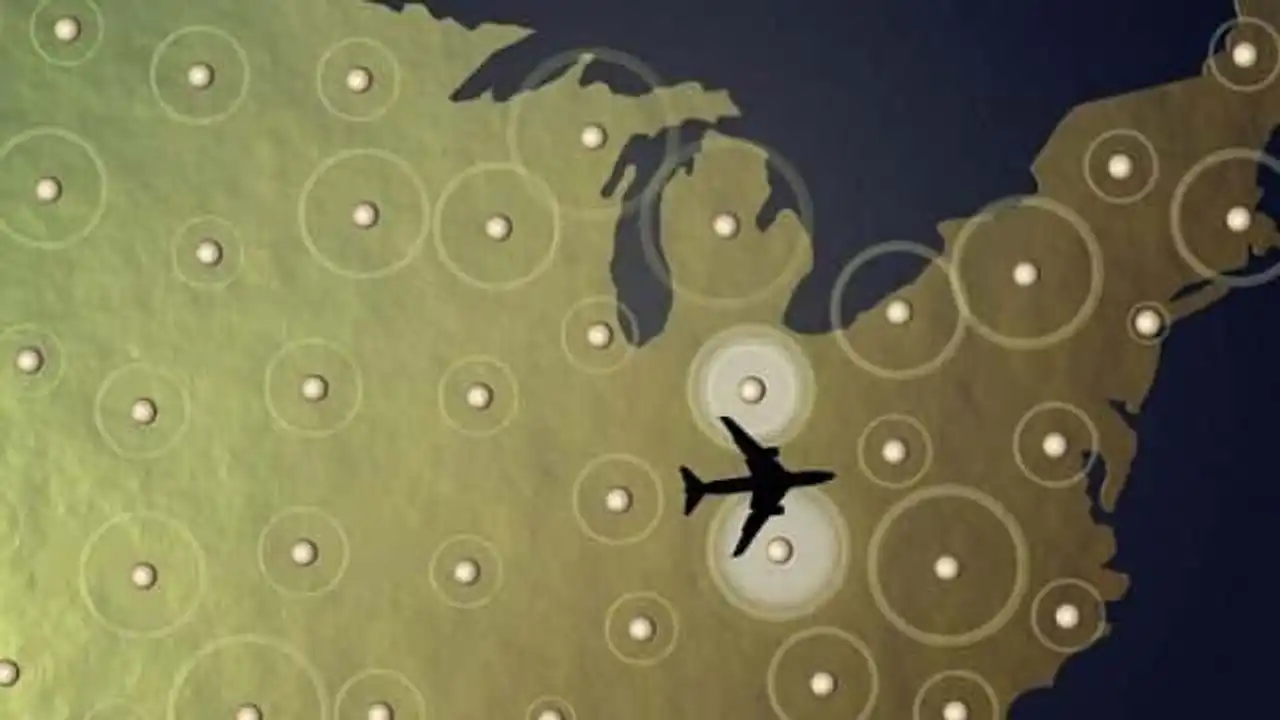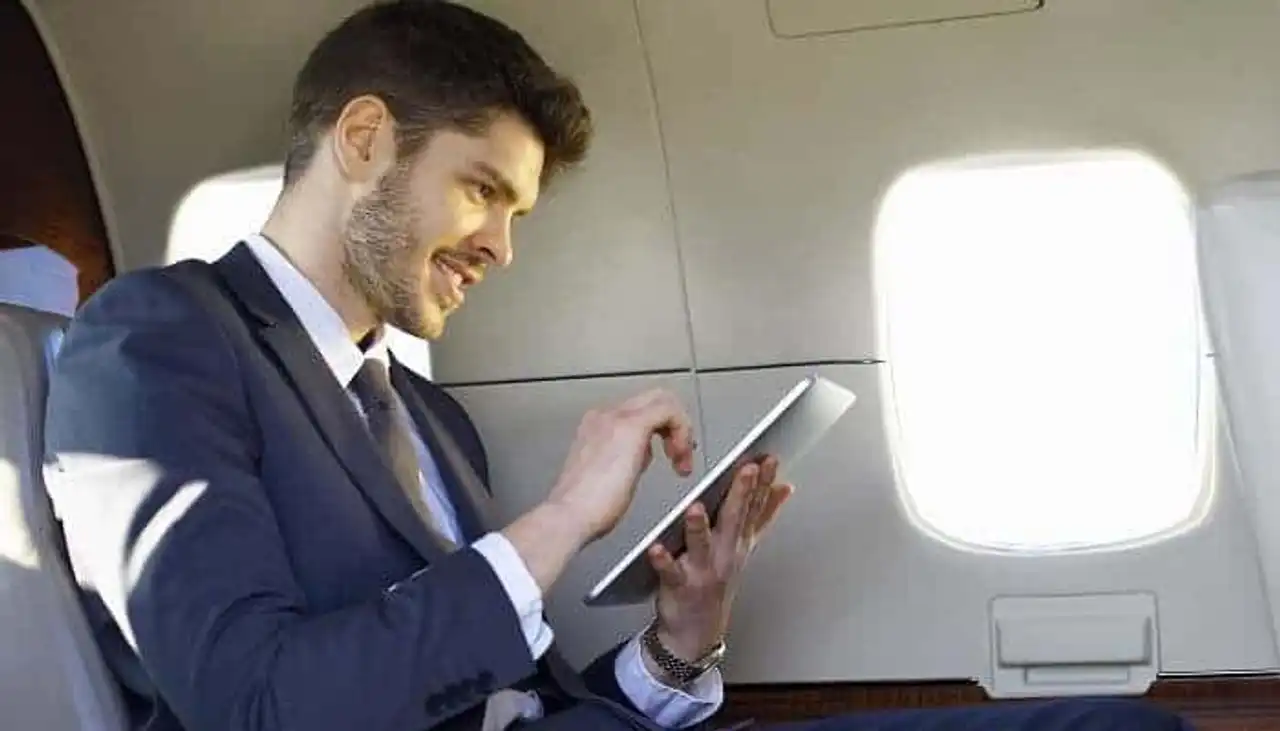The revolution is in progress in the field of aeronautics. For several years, Wi-Fi has been on some flights around the world. This trend will grow increasingly. But technically, how does Wi-Fi work on a plane?
When you were on the plane, you probably heard the eternal chorus about the prohibited use of electronic devices during the flight. In fact, the situation is a little more complex than that. For proof, you can now have Internet access As if you were home, on the subway or on the train. Unbelievable!
How does Wi-Fi work on the plane?
To achieve such technological advances, from the point of view of consumers and industry professionals, it took a few years. Today, two solutions exist to set up Wi-Fi on board the aircraft.
The first technique is to install antennas on the ground that will send data to the aircraft in question. The antennas work as for the Wi-Fi you already know on Earth. These antennas are placed on the flight route. Thus, the aircraft passes through a path that is covered by the Internet. A method that does not require too much investment. The only disadvantage of this solution is that access to the Internet is only possible for internal connections. Yes, difficult to install antennas in the middle of the sea.

Photo credit: Techradar
For long-haul flights, there is a second method of using telecommunications satellites. The costs are already more substantial. The data depart from the aircraft, to the satellites and then be processed to the ground. Here you have no border problems.
Whether you opt for one or the other technique, the aircraft must be equipped with an antenna and modems to allow passengers to access the Internet. On the planes, this antenna is on the top. Look, next time, you could see some kind of little bump.
Video of the installation of a satellite system on a Boeing 777 for Wifi experiment conducted by Air France / KLM with Panasonic
Can we do everything with air Wi-Fi?
When we talk about Wi-Fi on a plane, we can’t hope (for the moment) to get the same comfort as in the McDonald of the corner or in a library. However, developments are permanent. But at present, the use of Wi-Fi and its performance depend on several factors.
The first is related to the number of passengers using the Internet on the same flight. The flow to the aircraft is separated between all users. So if you are 50 people using the Internet, it will be much slower than if you are only 3. At the moment, it is difficult to consider watching movies or live series. Just enjoy a tweet, a check on Facebook or a random surf.
Some other activities such as chat via Skype or Peer-to-peer are also blocked on the U.S. side.
How much does this Wi-Fi cost?
The use of Wi-Fi can be charged in several ways. If you use the Internet to make calls, you will have to pay with your traditional phone bill. Prices as a foreign appeal are then applied.
For the Internet, you can subscribe to a package on time, flight or month. In the United States (land antennas), count between 10 and 13 dollars to use the Internet for three hours. A monthly subscription exists at a rate of $30 for unlimited use. A baunt for businessmen who must travel the country.
Is Wi-Fi a danger to air flights?
The question that might be asked is whether Wi-Fi is not a danger to passengers or aircraft. It is important to remember before anything that electronic devices must be switched off during the take-off and landing phase.
Then, the on-board installation allows to contain the most powerful signals that could hinder navigation instruments. The environment is therefore secure to prevent the use of Wi-Fi from causing irreversible damage.
In the future?
In the future, we could see the accessible flow increase as well as the offers multiply. The service will evolve towards a connected form that will necessarily have an impact on the prices of airline tickets . The addicts to electronic devices still have beautiful days in front of them. The best is coming.
Main photo credit: SITA








Loading comments ...